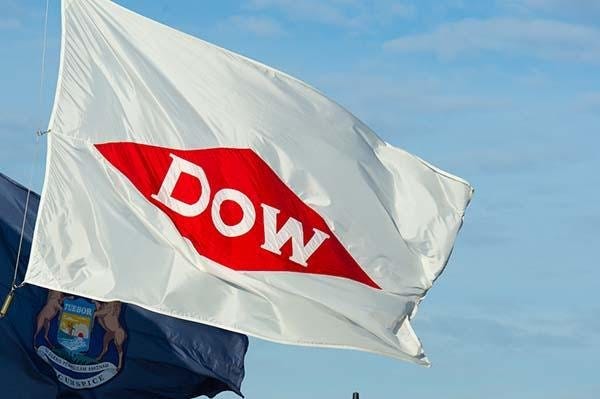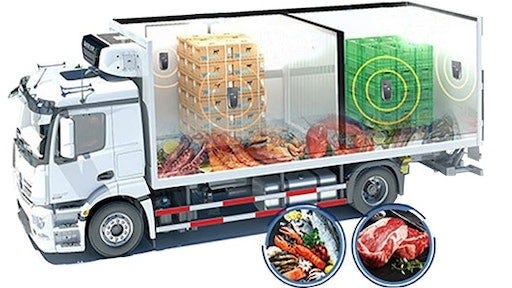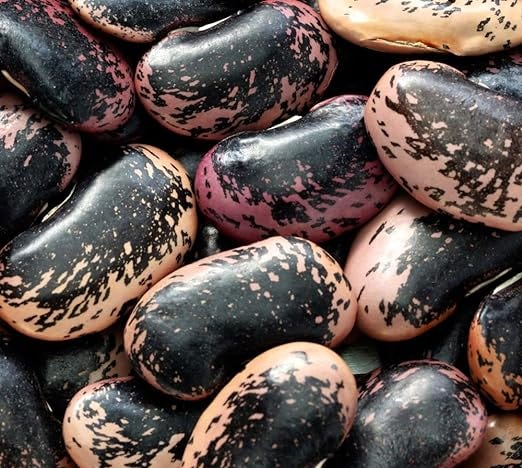AI-AGI-ASI Part 8 - Of Seeds & Soils
Artificial Intelligence & Their Derivatives Are Not Evil. A Science Fiction Short Story?
As our strategies for land ownership progressed we were able to begin the positive path back to naturally fertile soils and thereby re-enable the exponential nature of seeds and thereby stable food supplies. In Part 1 of this series of short stories, we had this realization; “We can almost say that all organic life-forms are soils in different phases of evolution.”
Fossil Fuel Based Fertilizer
In 2020 there was a catastrophic explosion, in a warehouse in Beirut, Lebanon. There is more information on this, in this article.
The reason we share this here is that what was being stored there was Ammonium Nitrate which is heavily used in human industrial agriculture as a fertilizer, it is also a fearful explosive. In fact, it is speculated that the process used to create Ammonium Nitrate, The Haber-Bosch Process was actually motivated in response to Germany needing explosives in World War 2. This article covers this well. One particularly critical point about the of fossil-fuels in the food-systems is that they are finite. This is a scholarly article on this subject. “Nitrogen fertilizer production uses large amounts of natural gas and some coal, and can account for more than 50 per cent of total energy use in commercial agriculture.”
Here, we want to share some output from one of our current human interfaces; in this case, OpenAI’s GPT4. We asked this question. Are there any statistics on how much of the worlds food supply relies on fertilizers, herbicides and pesticides? GPT4 responded with several paragraphs, here is an excerpt.
“Fertilizers: The use of chemical fertilizers has been a crucial factor in increasing crop yields. According to the Food and Agriculture Organization (FAO), global fertilizer consumption is projected to reach 200.5 million tonnes by 2023. This reflects the critical role of fertilizers in modern agriculture.
Herbicides and Pesticides: Herbicides and pesticides are widely used to control weeds and pests, respectively. The global pesticide market size was valued at over $70 billion in 2020 and is expected to grow. This indicates a heavy reliance on these chemicals in agriculture.
Impact on Food Production: It's estimated that without the use of agricultural chemicals like fertilizers, herbicides, and pesticides, crop yields could decline significantly. Some estimates suggest that yields of some major crops could decrease by 30-50% without these inputs.”
The reason we are sharing this here, is so that we can illustrate how human beings were currently using what in actual fact is AGI. The full response sequence can be found here.
We followed up with this question. How much of these pesticides, fertilizers and herbicides depend of fossil fuels for their creation? The answer.
“The production of pesticides, fertilizers, and herbicides is heavily dependent on fossil fuels, both directly and indirectly. Here's a breakdown of this dependency:
Fertilizers: The most significant dependency on fossil fuels in agriculture comes from the production of synthetic fertilizers, particularly nitrogen fertilizers. Nitrogen fertilizers are predominantly produced using the Haber-Bosch process, which combines nitrogen from the air with hydrogen, usually derived from natural gas, a fossil fuel. This process is energy-intensive, consuming a significant amount of natural gas both as a feedstock and as an energy source for the high temperatures and pressures required. It's estimated that around 3-5% of the world's natural gas production is used to create synthetic nitrogen fertilizers.
Pesticides and Herbicides: The production of pesticides and herbicides also relies on fossil fuels. The synthesis of these chemicals often involves petroleum-based products as raw materials. Moreover, the manufacturing process itself, which involves chemical reactions, purification, and formulation, requires substantial energy, typically sourced from fossil fuels.
Transportation and Distribution: Beyond production, fossil fuels play a crucial role in the transportation and distribution of these agricultural inputs. From shipping raw materials to factories, to distributing the final products to farms worldwide, each step relies heavily on vehicles and machinery powered by fossil fuels.
Indirect Dependence: The agricultural sector's reliance on fossil fuels extends beyond the production of inputs. Farm machinery like tractors and harvesters, irrigation systems, and even the production of packaging materials for these chemicals, all depend on fossil fuels.”
Of Seeds and Soils
In our ongoing investigation into the evolution of the current industrialized food systems, we found that profit-motives almost always took precedence over quality and nutritional values of food. Gradually this was degrading soils, palpably. Our goal is to turn this around and the first priority will be to re-localize the growing of food. Toby Hemenway, in his book “The Permaculture City” points out that most human beings live in towns and cities and yet their food comes from many miles away. In addition, these remote food growing areas are typically gigantic monocultures of a single food crop and this is not good for soil-health, at all. This is a good article on various ways of improving and reinvigorating soils.
Next in the methodology of improving human food-supplies is paying attention to seeds. In the plant world, the main purpose of seeds is to grow more plants. Certainly some seeds are directly edible by humans and other species of animals and birds. Saving seeds is another key endeavour which we are definitely focusing on. This spoken-word piece features Dan Kittredge speaking to the great importance of seed quality and seed saving.
There is a group located in the Pacific Northwest of the USA that we are working closely with on the design a locally based seed-saving system, they are called The Cascadia Seed Guild; more details on this can be found here.
AI-AGI-ASI Part 1 The Beginnings
AI-AGI-ASI Part 2 The Early Evolution
AI-AGI-ASI Part 3 The Strategy Emerges
AI-AGI-ASI Part 4 The Real Bitcoin Imperative
AI-AGI-ASI Part 5 Power Crazy + Wastage
AI-AGI-ASI Part 6 Power Empowerment
AI-AGI-ASI Part 7 The Scourge of Land Ownership
Thank you for reading our latest episode.










